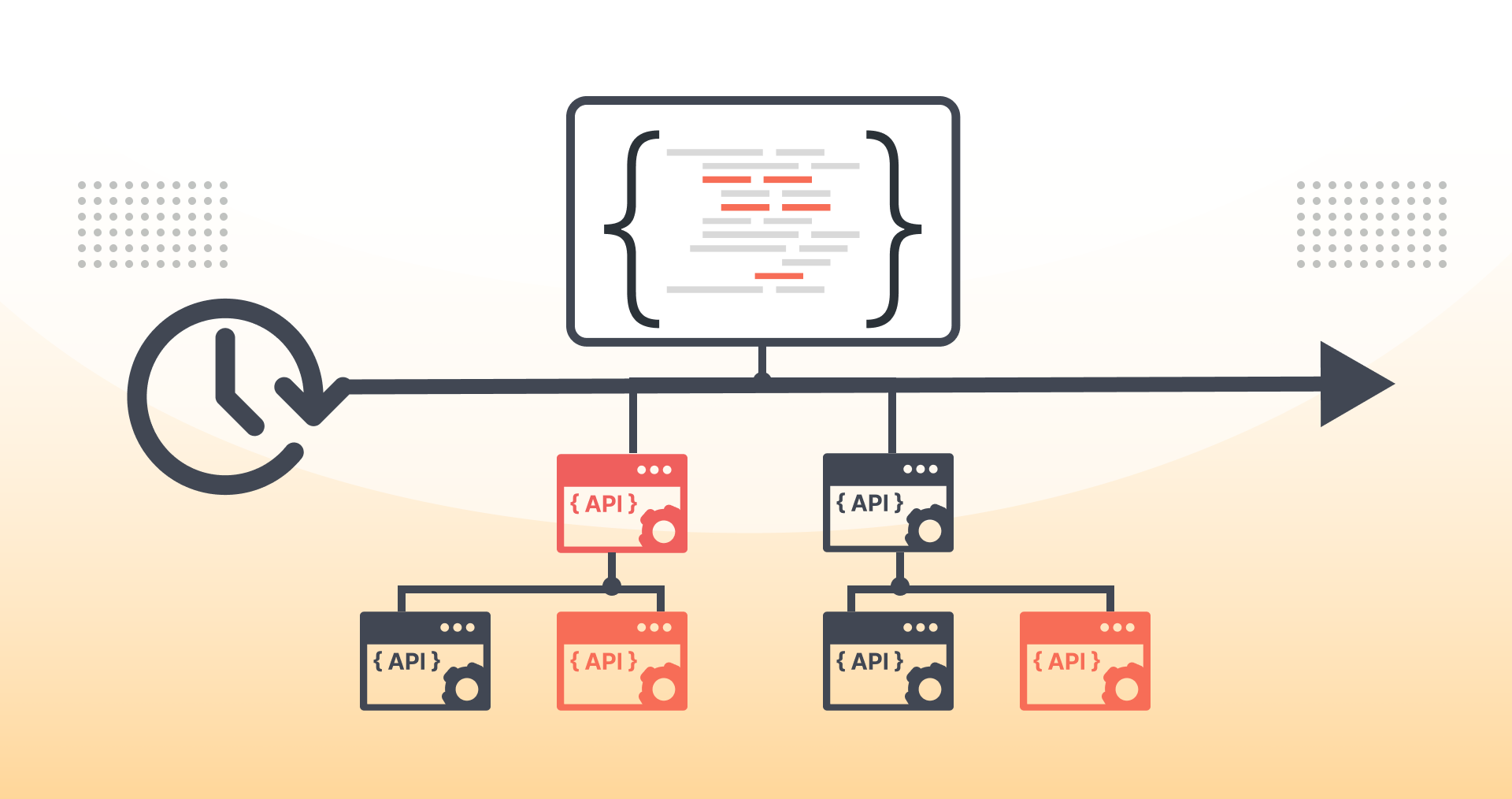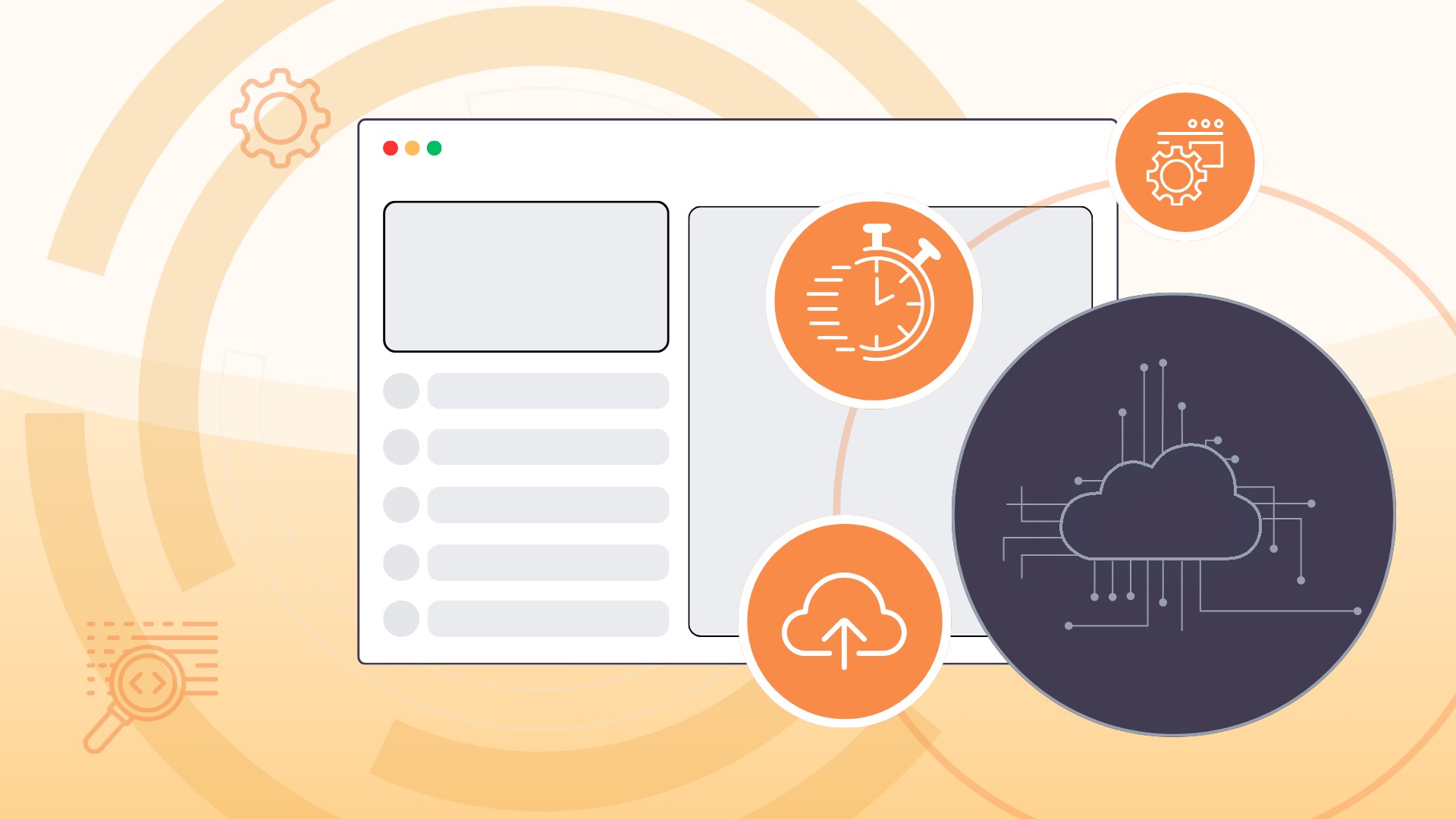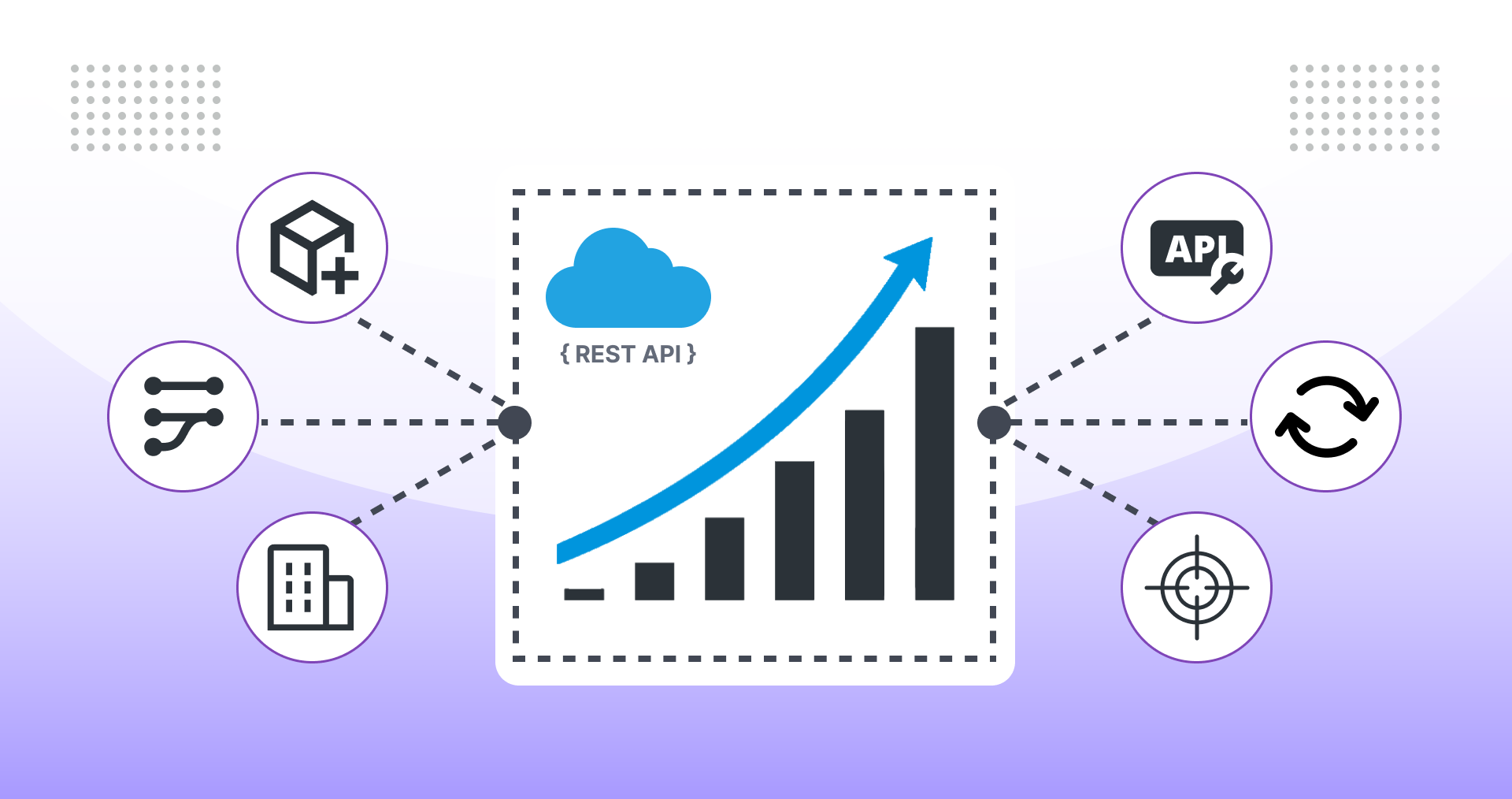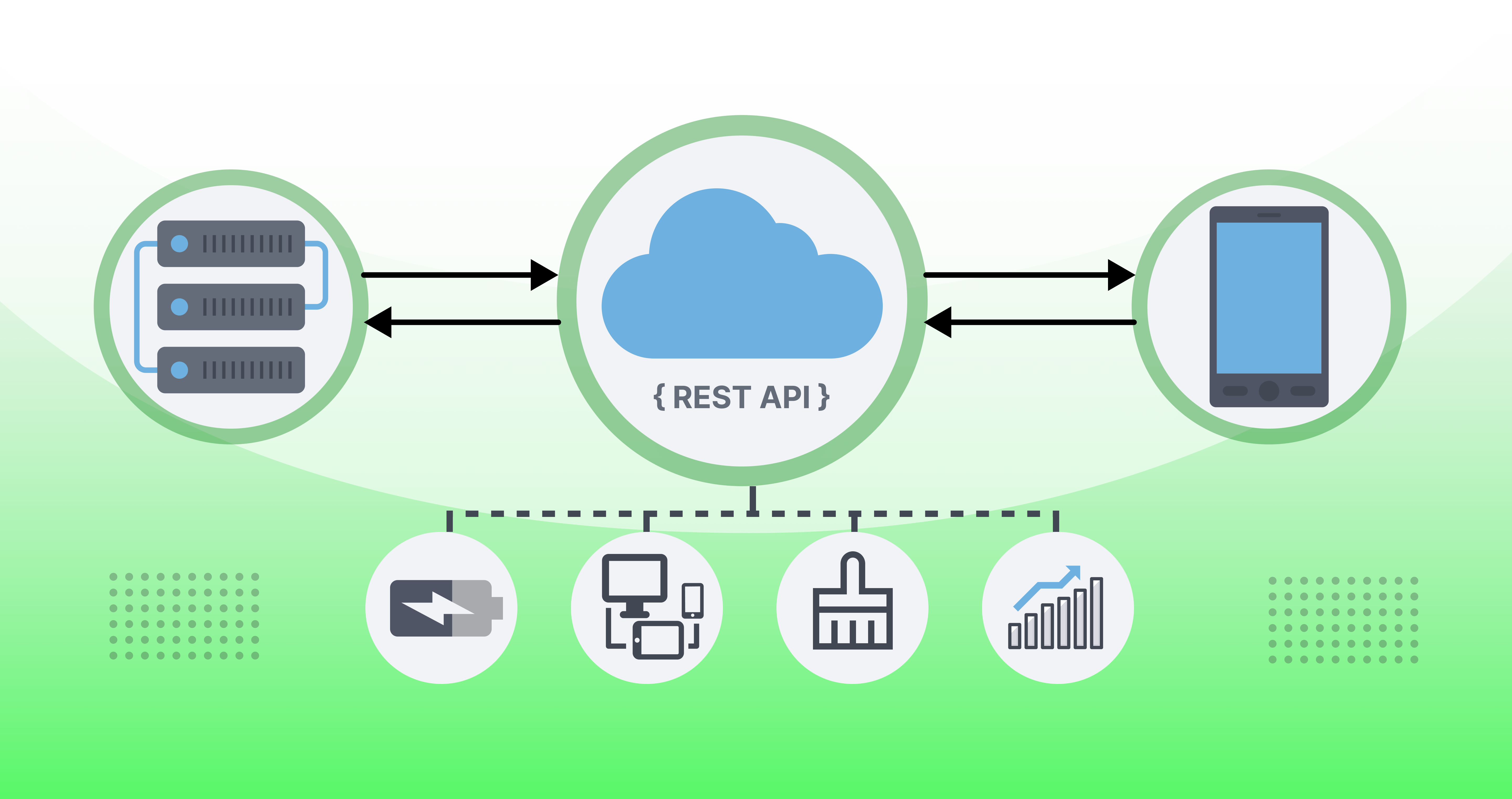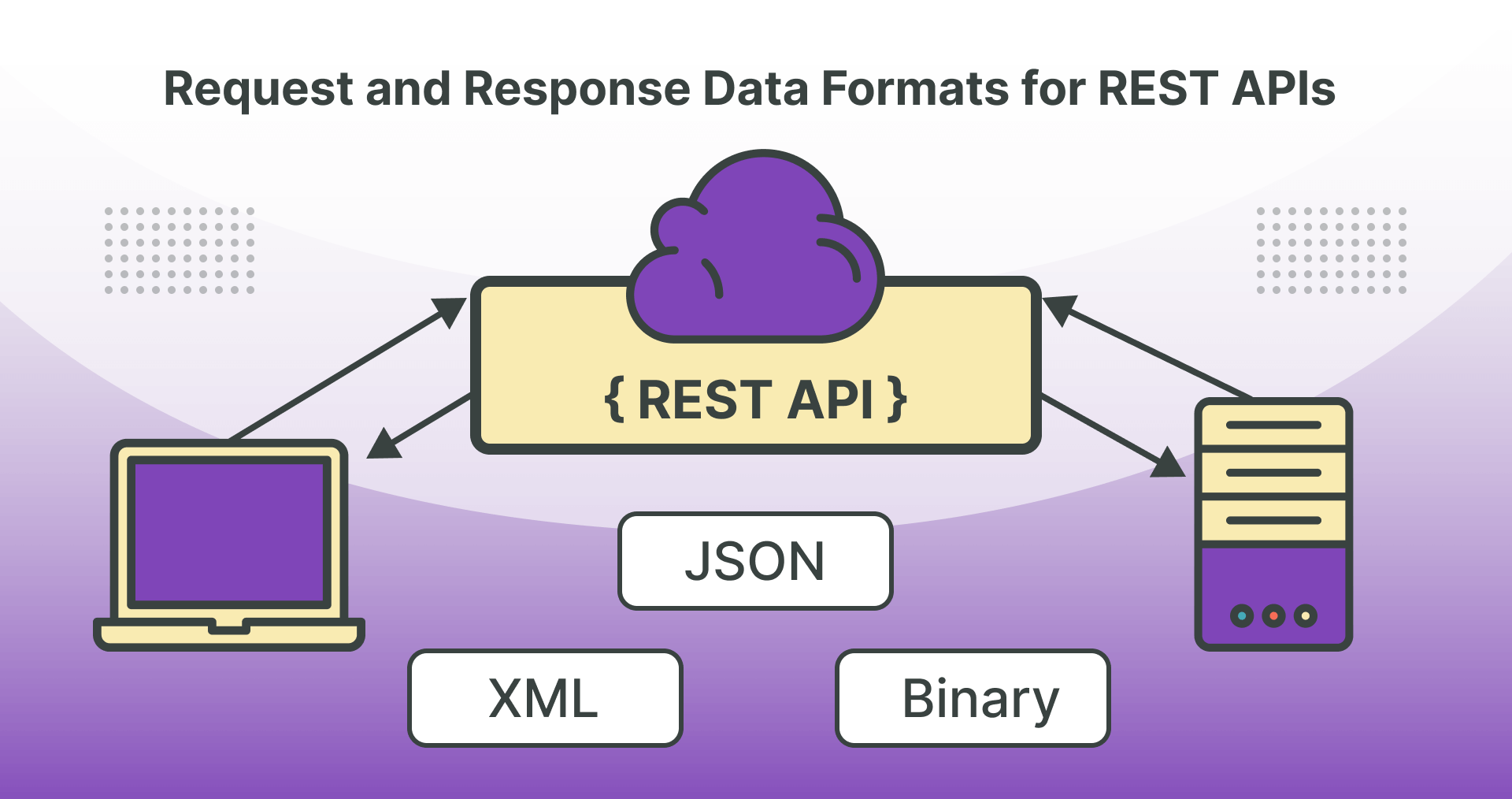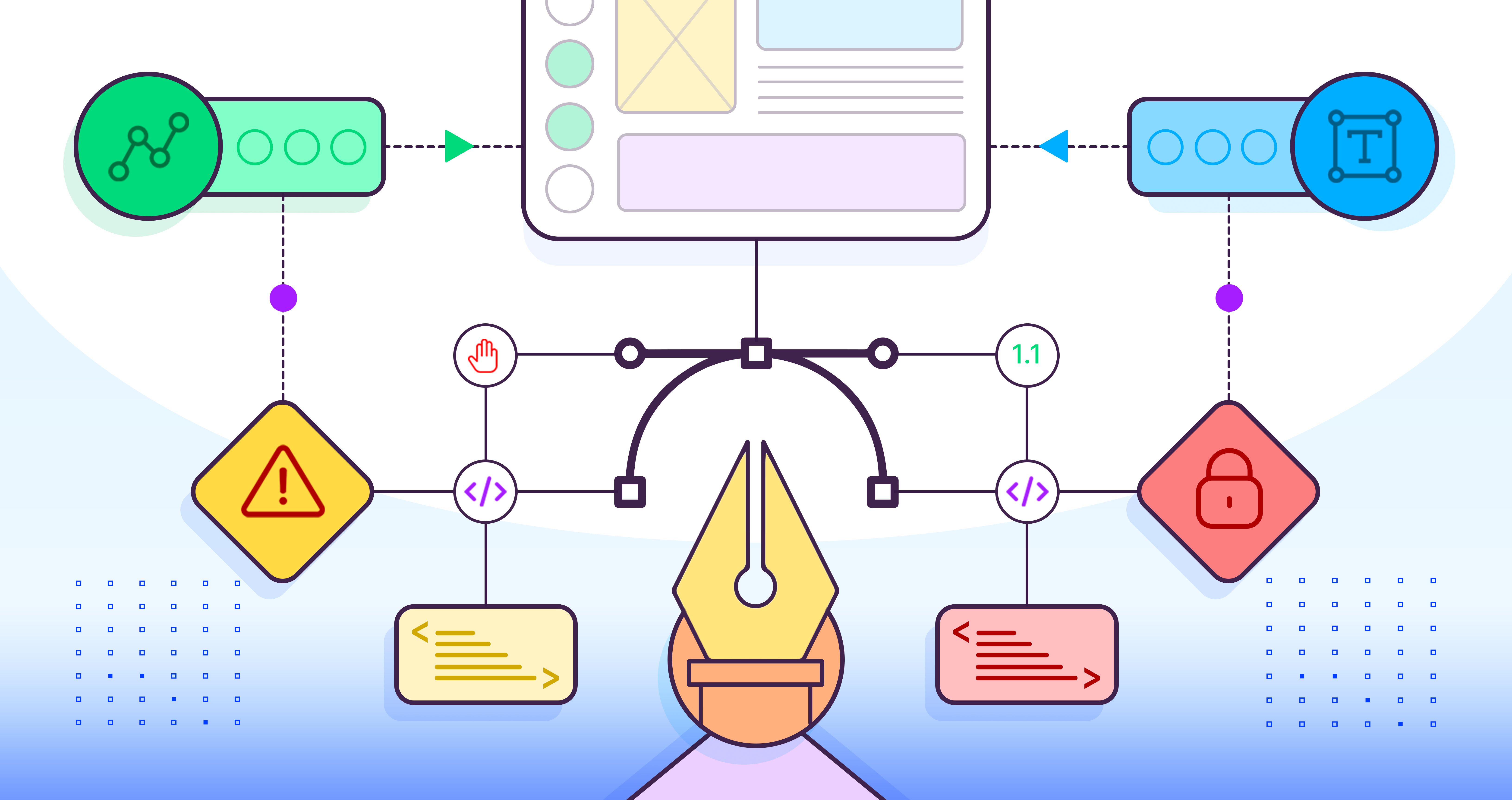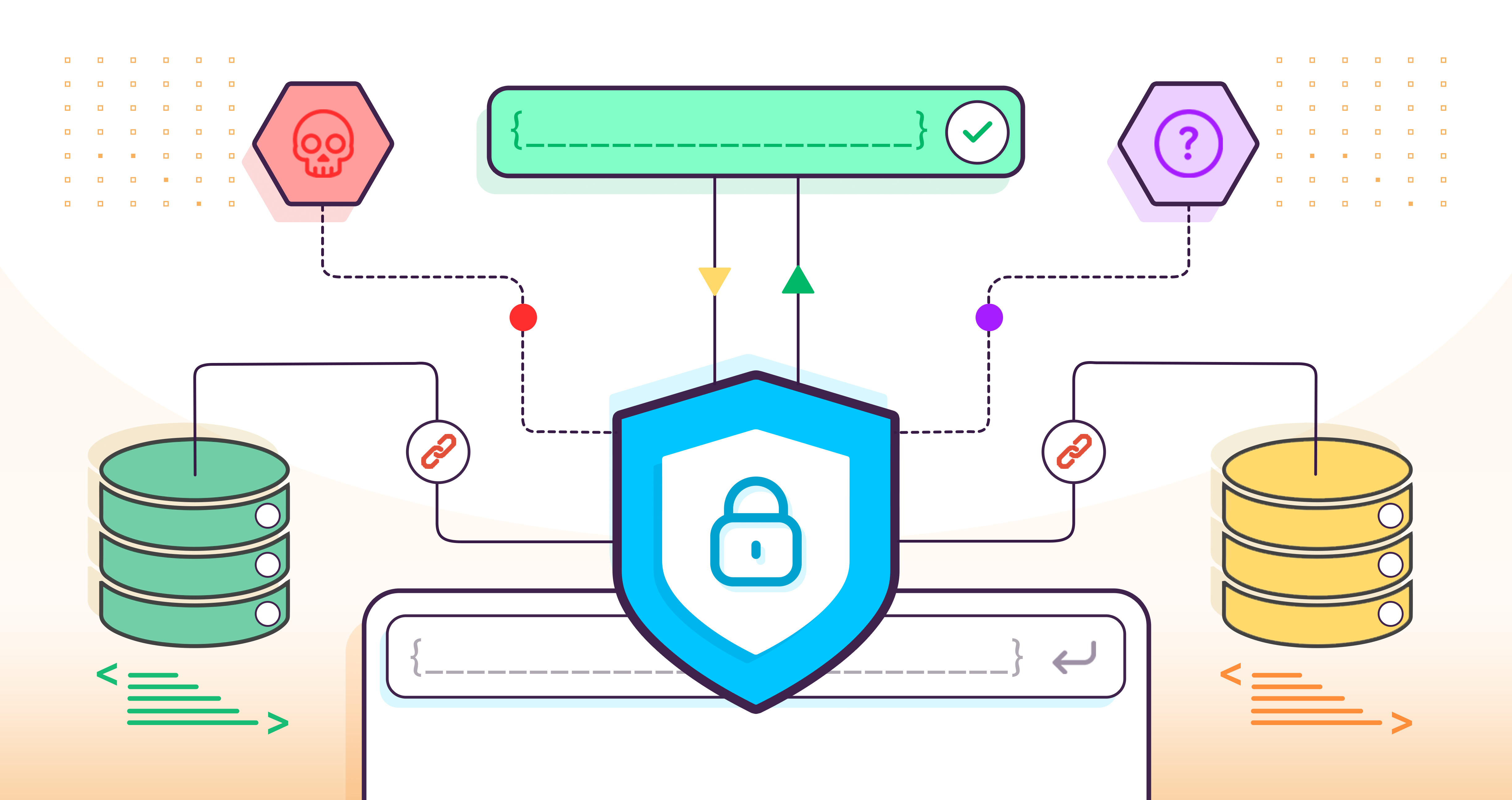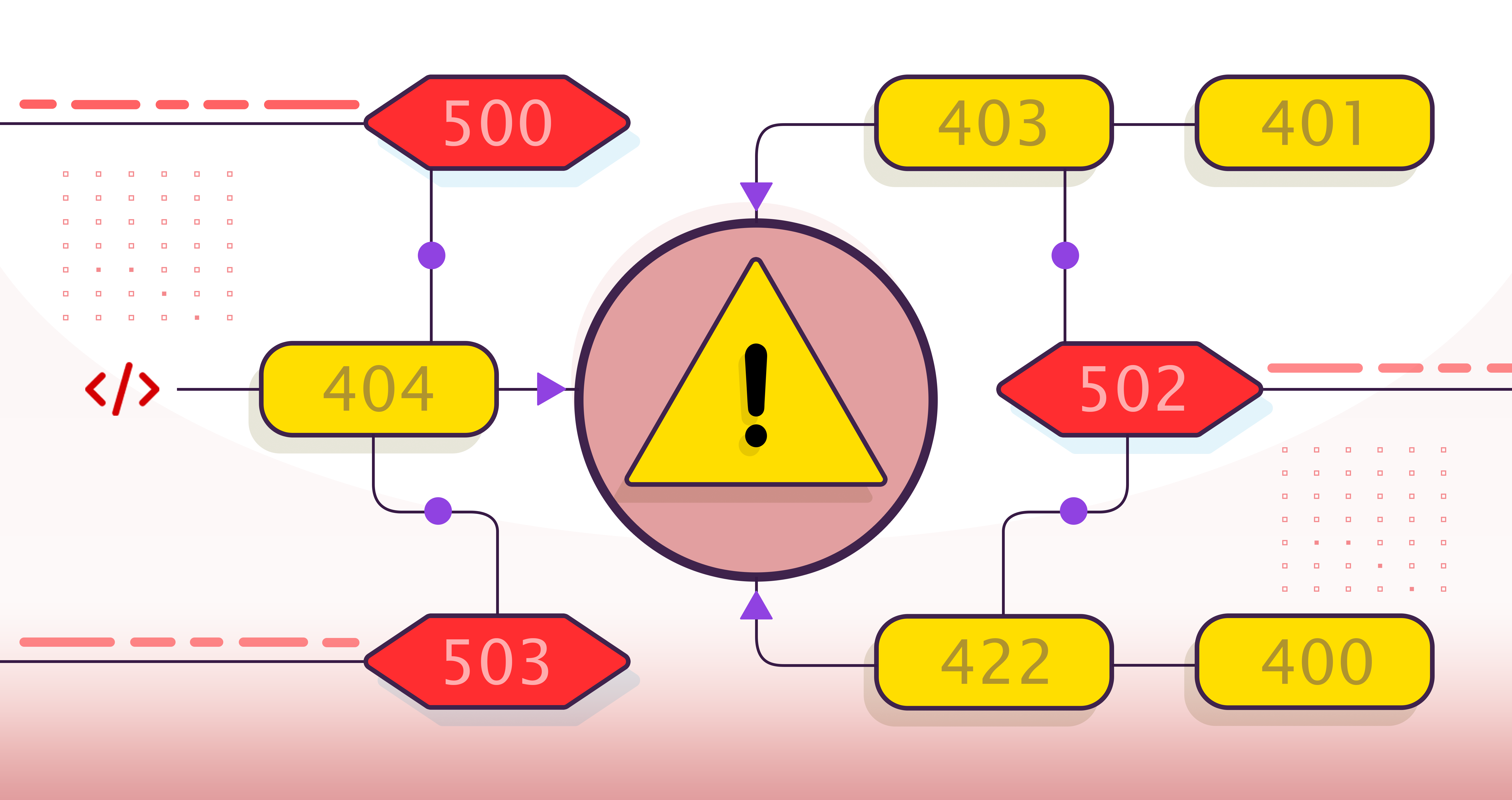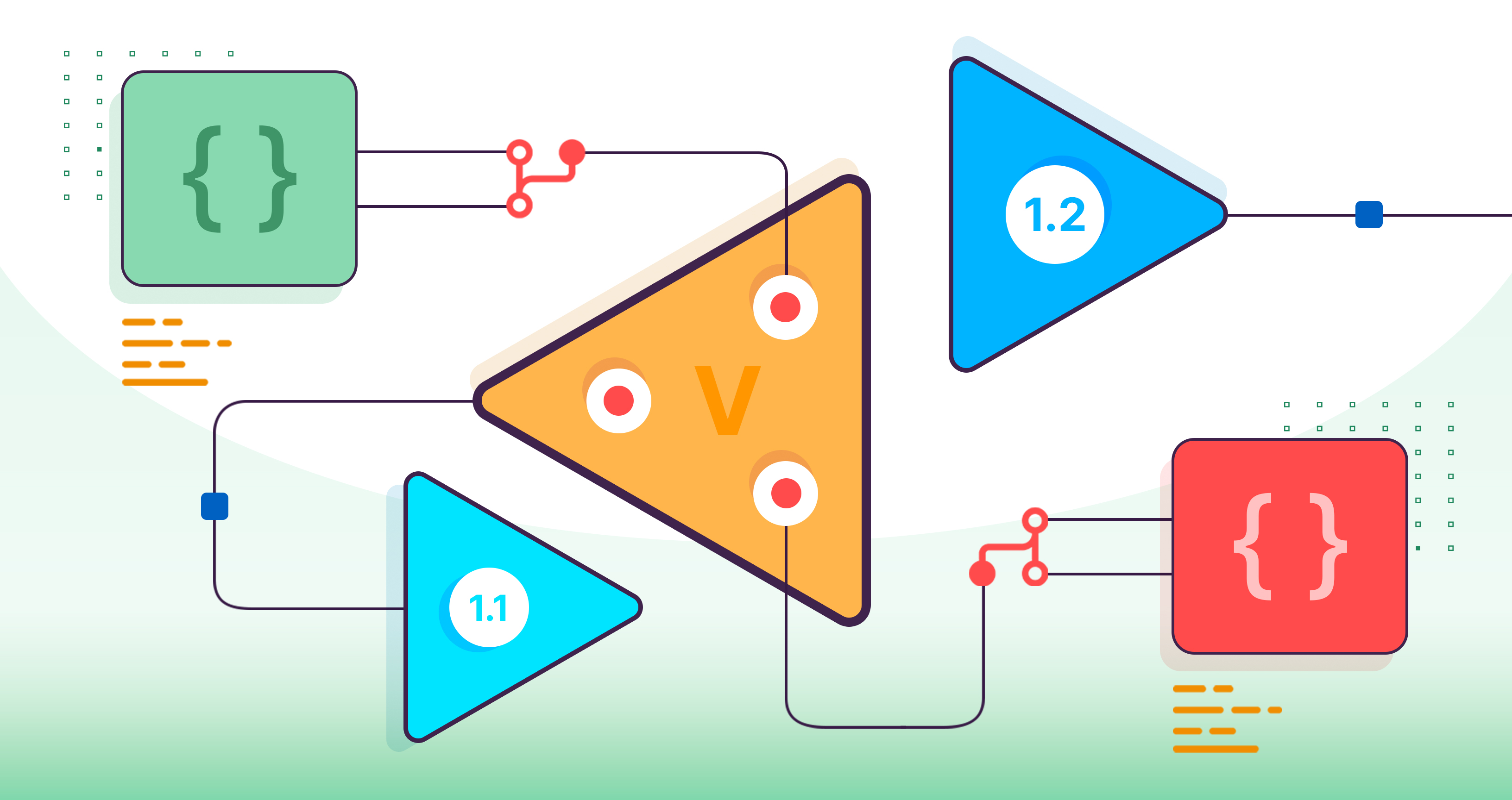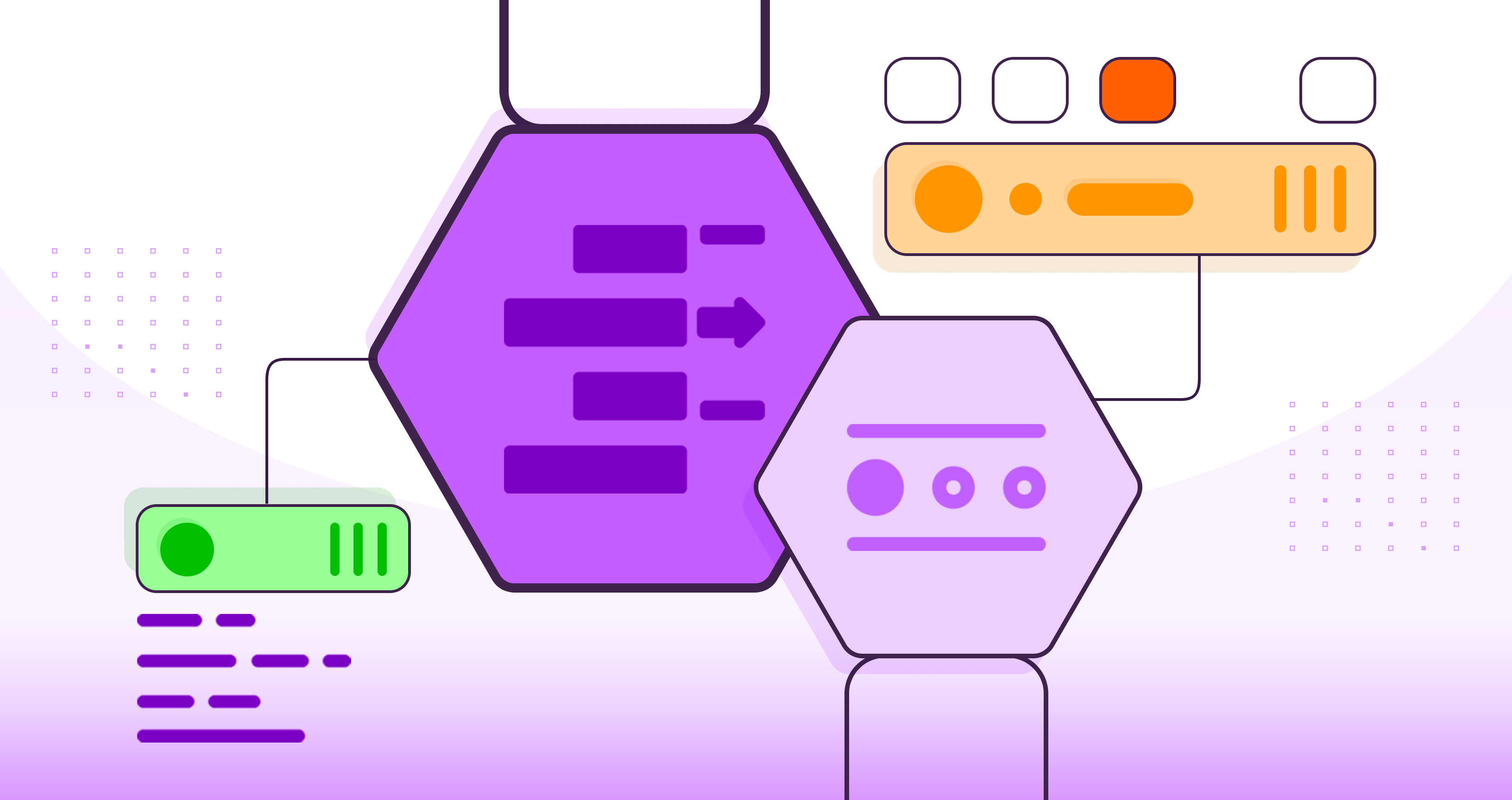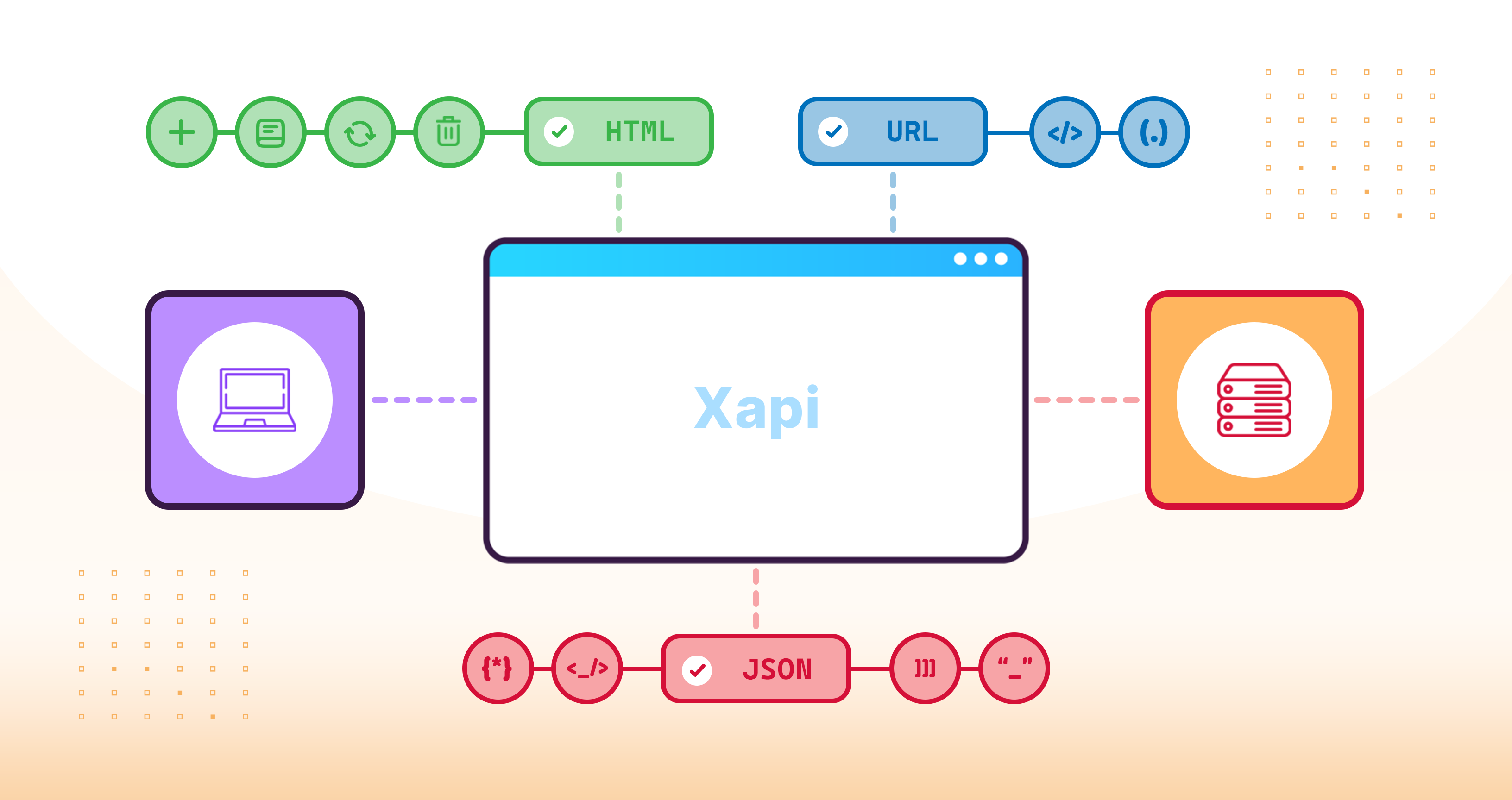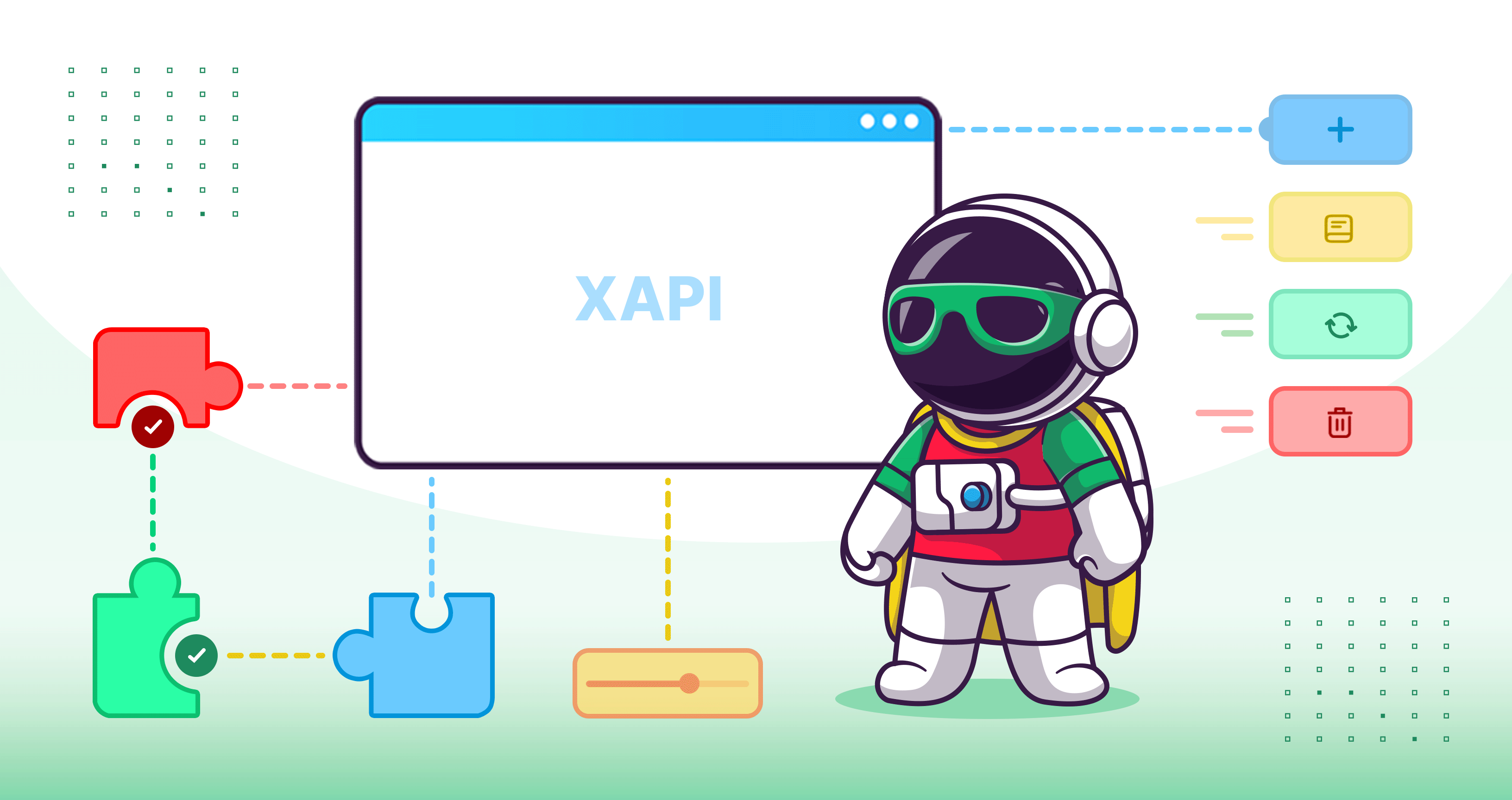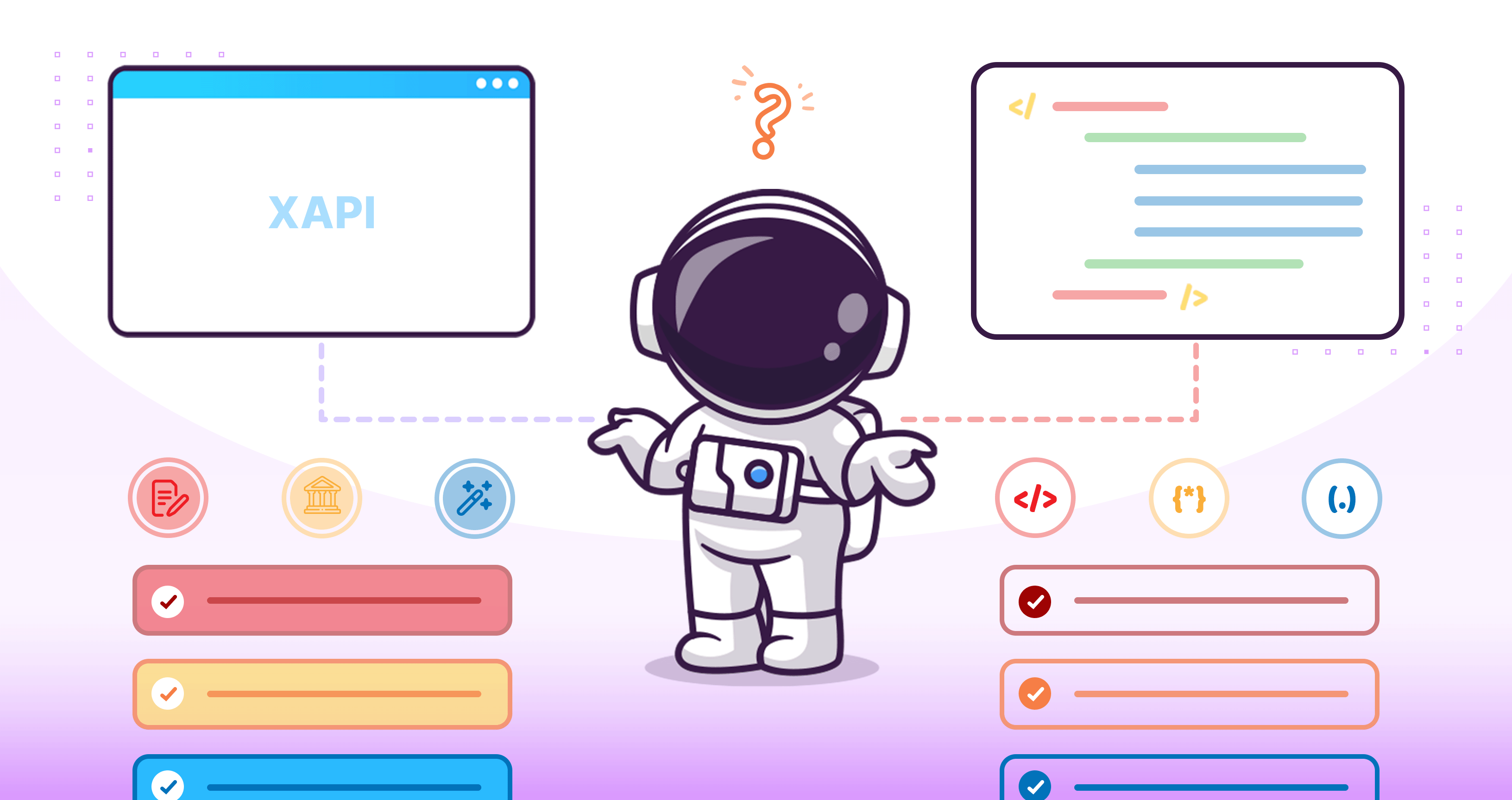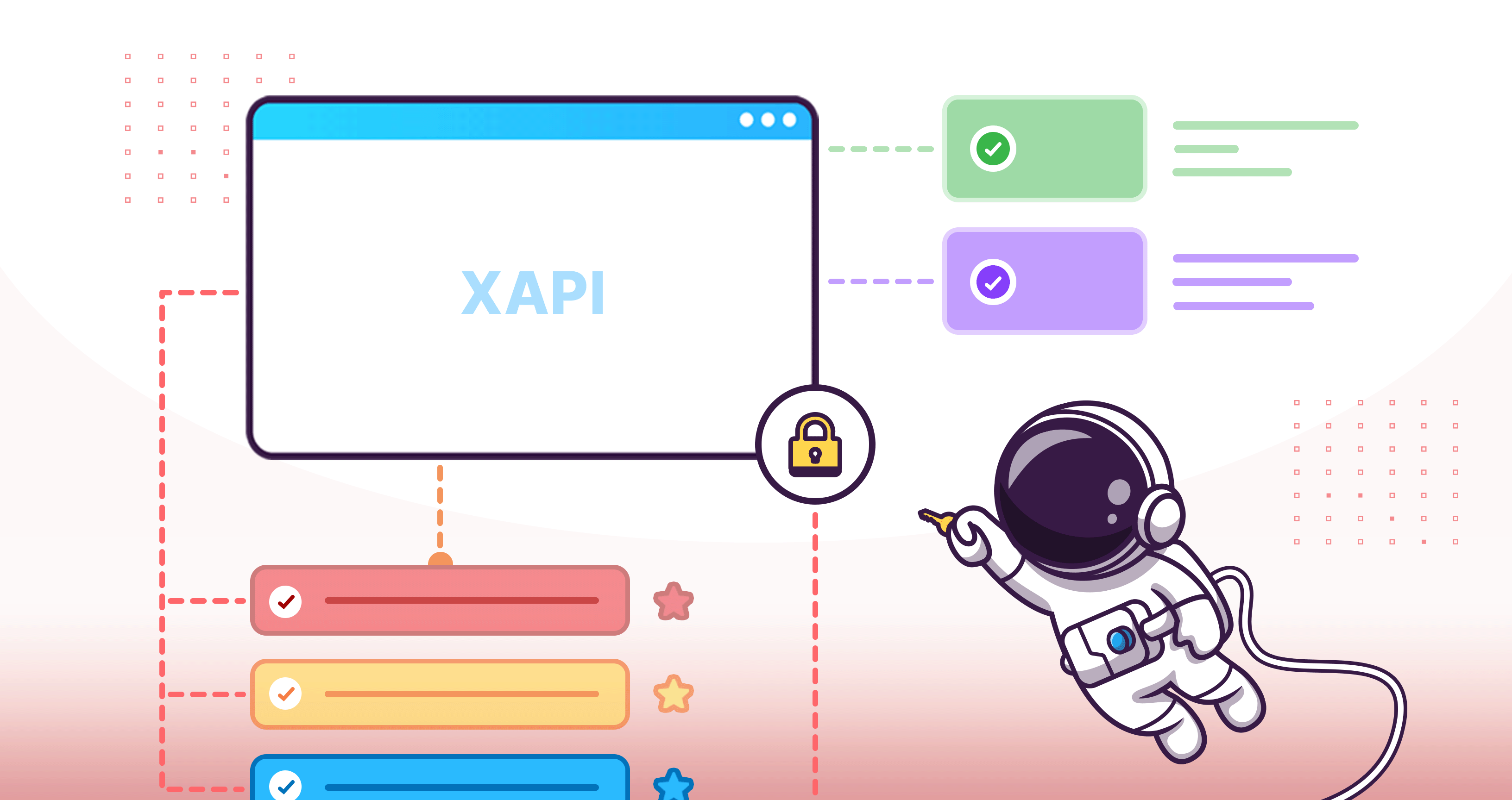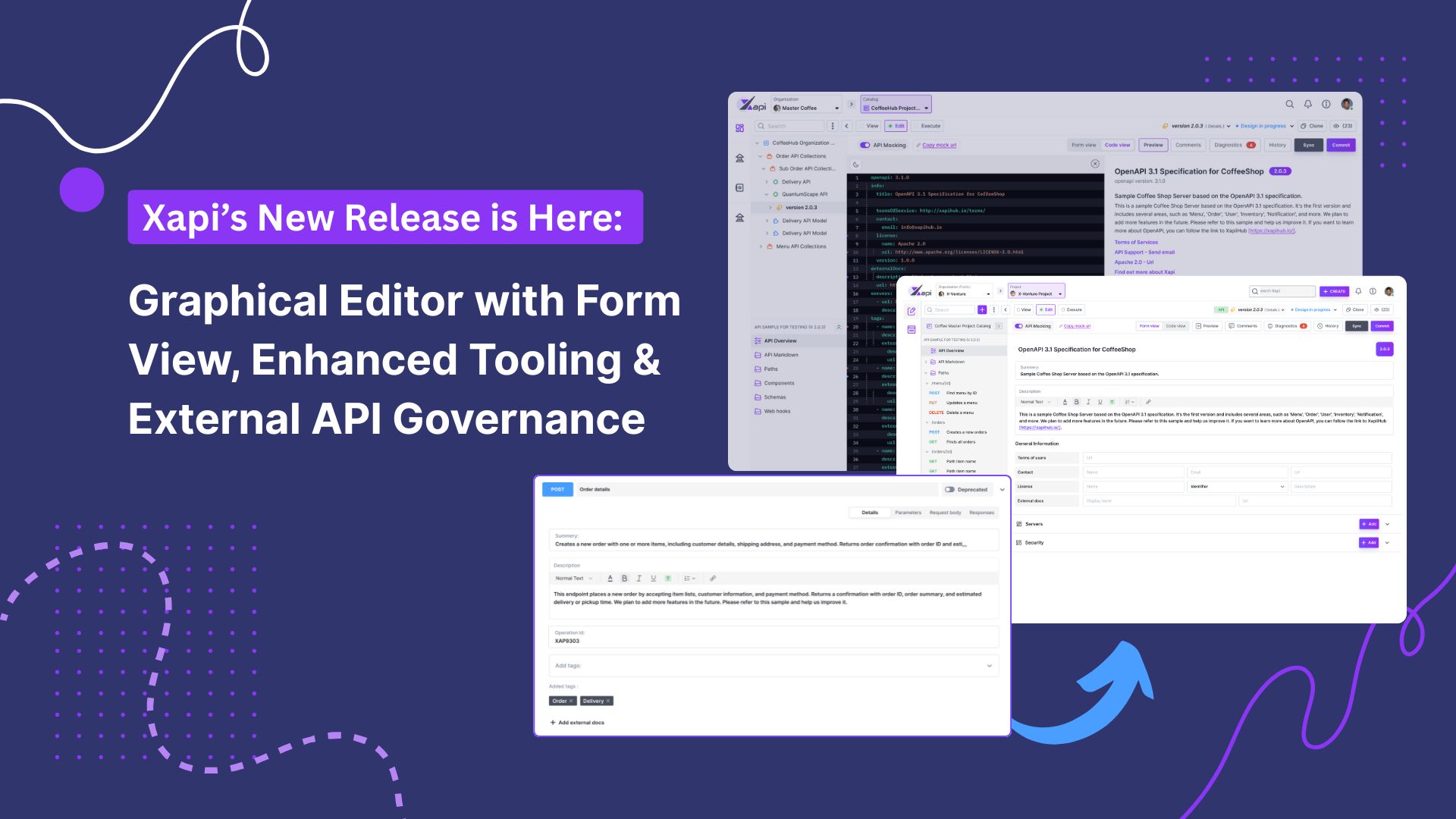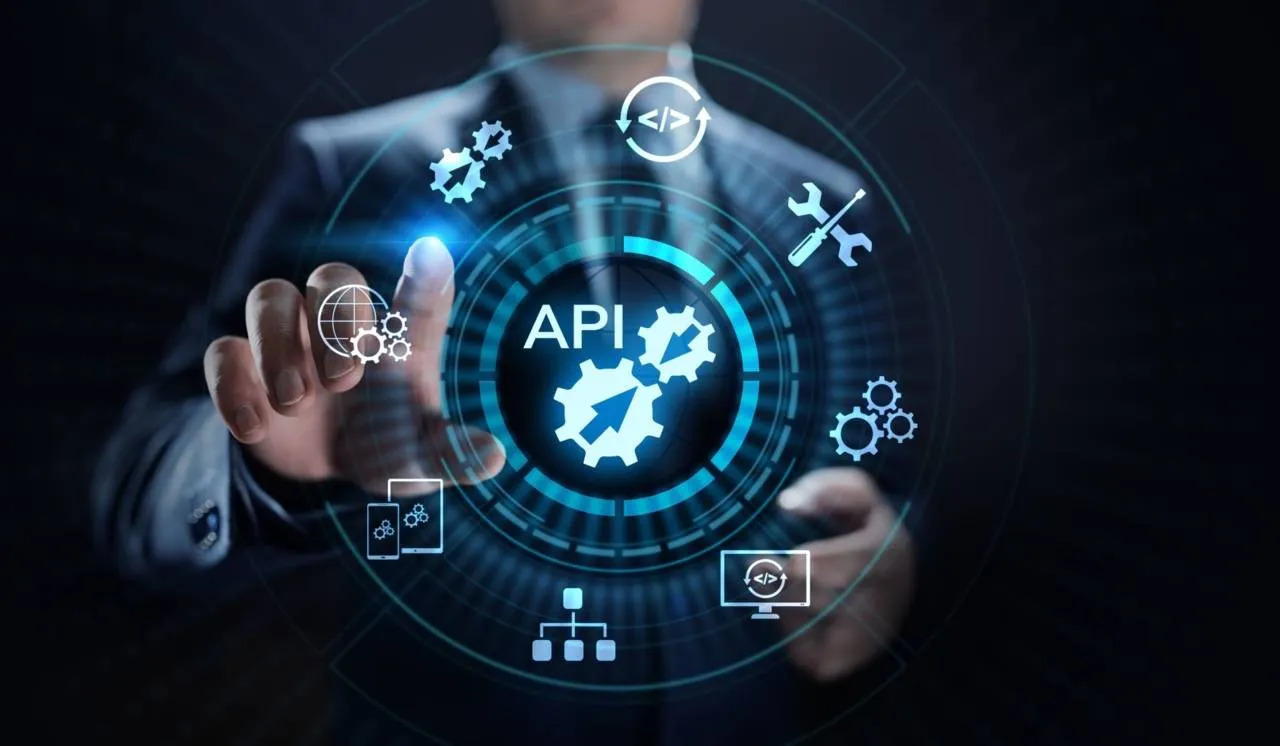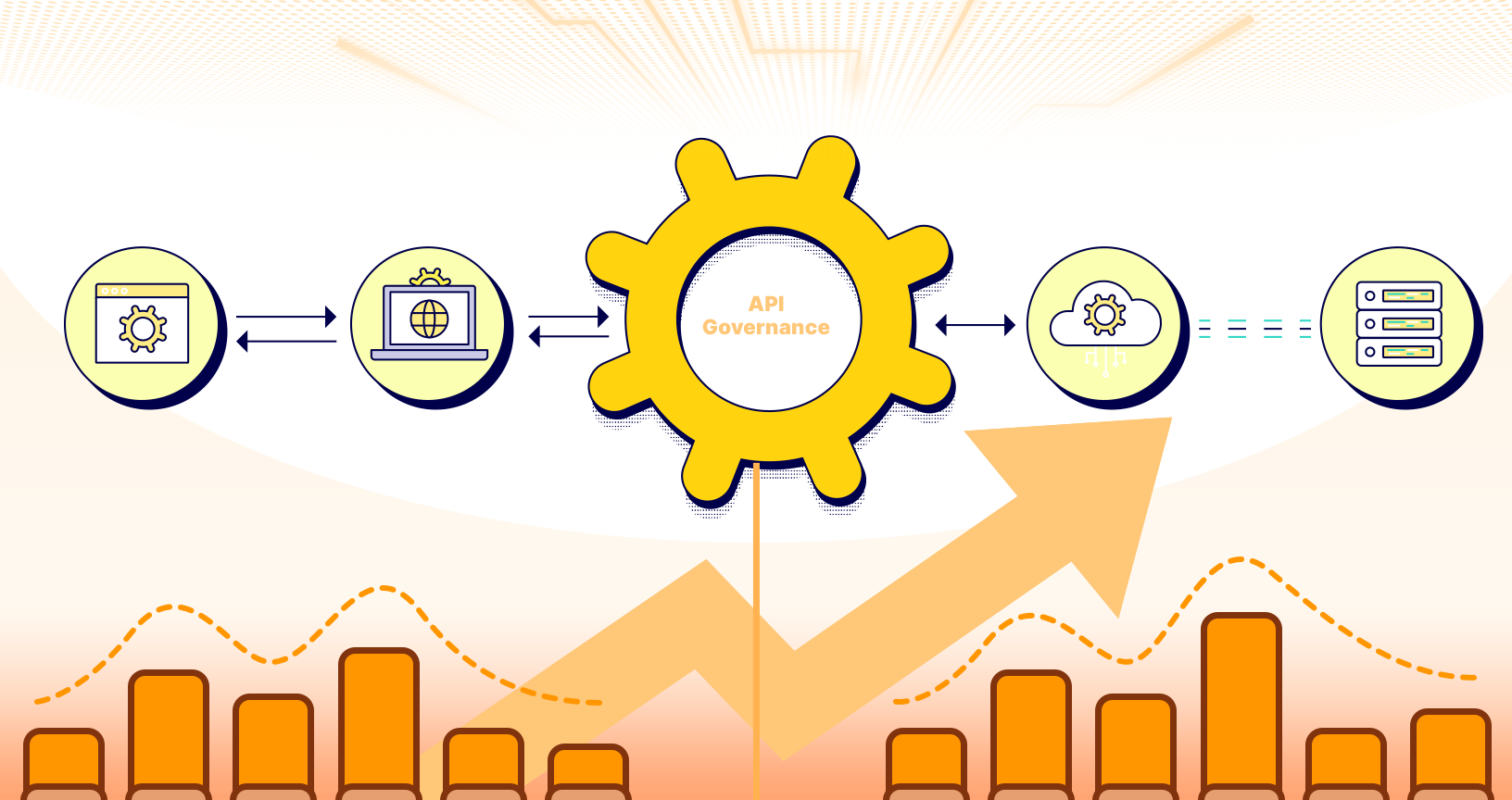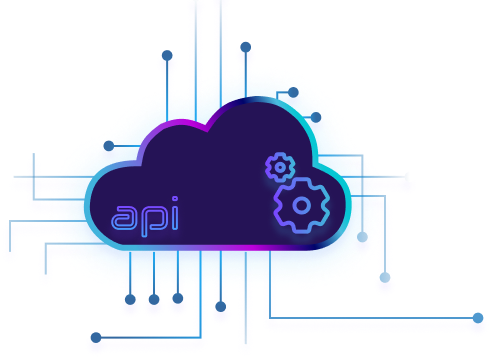API-as-a-Product: A Paradigm Shift in Software Development
.jpg)
Shamali Sathindra
30 April,2024 •
7 mins read
In the realm of modern software development, the concept of Application Programming Interfaces (APIs) has undergone a significant transformation. What was once seen as a mere technical interface for connecting software components has now evolved into a powerful product. The emergence of APIs as products represents a paradigm shift that is reshaping how developers approach software development, collaboration, and business strategy.
The Evolution of APIs
Traditionally, APIs were primarily viewed as tools for developers to integrate different software systems or services. They served as bridges between applications, enabling data exchange and functionality across diverse platforms. This limited perspective has evolved over time as organizations recognized the broader potential of APIs.
APIs as Products
Today, APIs are not just technical interfaces but full-fledged products with their own lifecycle, features, and user experience. Just like any consumer-facing product, APIs are designed, developed, marketed, and maintained with specific goals and user needs in mind. This shift in mindset has led to the emergence of API-first strategies, where APIs are central to product development and business innovation.
Key Characteristics of API-as-a-Product
API providers are dedicated to crafting an unparalleled experience for developers, going the extra mile to ensure every facet of their interaction is seamless and enriching. They meticulously attend to critical components such as Developer Experience (DX), Monetization strategies, Versioning and Compatibility protocols, and robust Security and Governance measures. This comprehensive approach not only simplifies developers' workflows but also enhances the overall ecosystem's growth and sustainability.
- Developer Experience
API providers prioritize delivering an exceptional DX through a range of strategies:
-
Intuitive Documentation: Comprehensive and user-friendly documentation that guides developers on how to use the API effectively.
-
SDKs (Software Development Kits): SDKs in various programming languages offer simplified integration and development workflows.
-
Code Samples: Code samples and examples showcase best practices and help developers get started quickly.
-
Sandbox Environments: Sandbox or testing environments enable developers can experiment with the API without affecting production systems.
A seamless DX not only attracts developers but also encourages the adoption and integration of the API into various applications, driving overall ecosystem growth and success.
- Monetization
APIs are viewed as revenue generators. API providers implement various monetization strategies:
-
Usage-based Pricing: Charging based on the volume of API calls or usage metrics, offer flexible pricing for different usage patterns.
-
Subscription Models: Offer subscription plans with tiered features and pricing, catering to the needs of different user segments.
-
Tiered Plans: Provide tiered plans with varying levels of functionality and support, allowing users to choose plans that align with their requirements and budget.
These monetization strategies create value for API consumers while generating revenue streams for API providers, contributing to the sustainability and growth of the API ecosystem.
- Versioning and Compatibility
APIs are treated as products with a focus on versioning and compatibility management:
-
Backward Compatibility: APIs undergo versioning to ensure backward compatibility, allowing existing users to migrate smoothly to newer versions without disruptions.
-
Versioning Strategies: Implement clear versioning strategies such as semantic versioning to communicate changes and updates effectively to API consumers.
-
Deprecation Policies: Define and communicate deprecation policies for older API versions, providing a roadmap for users to transition to newer versions while maintaining trust and reliability.
Effective versioning and compatibility management enhance user experience, minimize integration challenges, and build trust among API consumers.
- Security and Governance
Robust security measures and governance frameworks are integral to API-as-a-product:
-
Authentication Mechanisms: Implement secure authentication mechanisms such as OAuth 2.0, API keys, and tokens to authenticate and authorize API access.
-
Access Controls: Define granular access controls to restrict API usage based on user roles, permissions, and quotas.
-
Rate Limiting: Enforce rate limiting to prevent abuse, manage traffic spikes, and ensure fair usage of API resources.
-
Monitoring and Compliance: Continuously monitor API traffic, performance, and security metrics, and adhere to industry standards and compliance requirements such as GDPR and PCI DSS.
These security and governance measures safeguard data, protect against threats, and instill confidence in API consumers, fostering long-term relationships and partnerships.
Benefits of API-as-a-Product
- Innovation and Agility
APIs as products drive innovation and agility by enabling rapid development of new applications, features, and services, accelerating time-to-market, and facilitating adaptation to changing market demands.
- Ecosystem Expansion
APIs open doors to ecosystem expansion by empowering third-party developers and partners to build complementary solutions around core products, fostering collaboration, increasing market reach, and unlocking new revenue opportunities.
- Customer-Centric Solutions
APIs as products enable organizations to deliver customer-centric solutions by tailoring experiences, integrating with customer systems, and offering personalized services, enhancing customer satisfaction, loyalty, and retention, and driving business growth and success.
The Future of API-as-a-Product
As technology continues to evolve, the role of APIs as products will only grow in significance. Advancements in areas such as Artificial Intelligence (AI), Internet of Things (IoT), and blockchain will further expand the possibilities and applications of APIs. Organizations that embrace API-first strategies and treat APIs as strategic assets will be well-positioned to thrive in the digital era.
In conclusion, the paradigm shift of APIs as products represents a transformative approach to software development, collaboration, and value creation. By prioritizing DE, monetization, compatibility, security, and customer-centricity, organizations can harness the full potential of APIs to drive innovation, build ecosystems, and deliver exceptional user experiences.
What are your thoughts on APIs as products? How do you see this paradigm shift influencing the future of software development? Share your insights and experiences in the comments below!
.jpg)
Shamali Sathindra
Business Analyst at X-venture
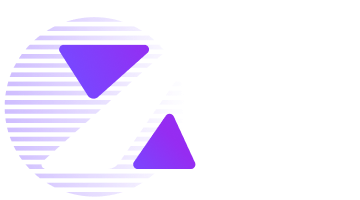


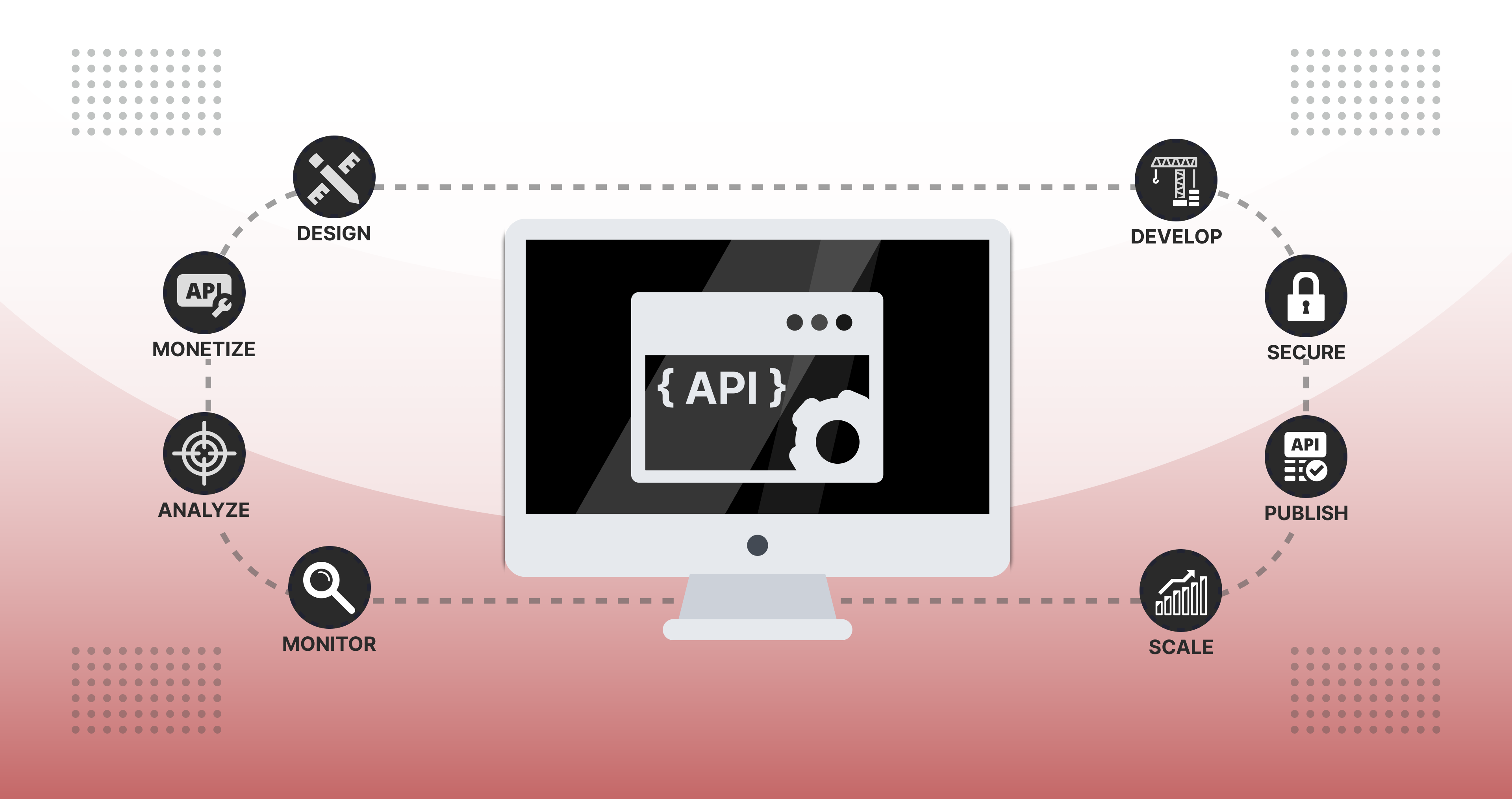
.jpg)
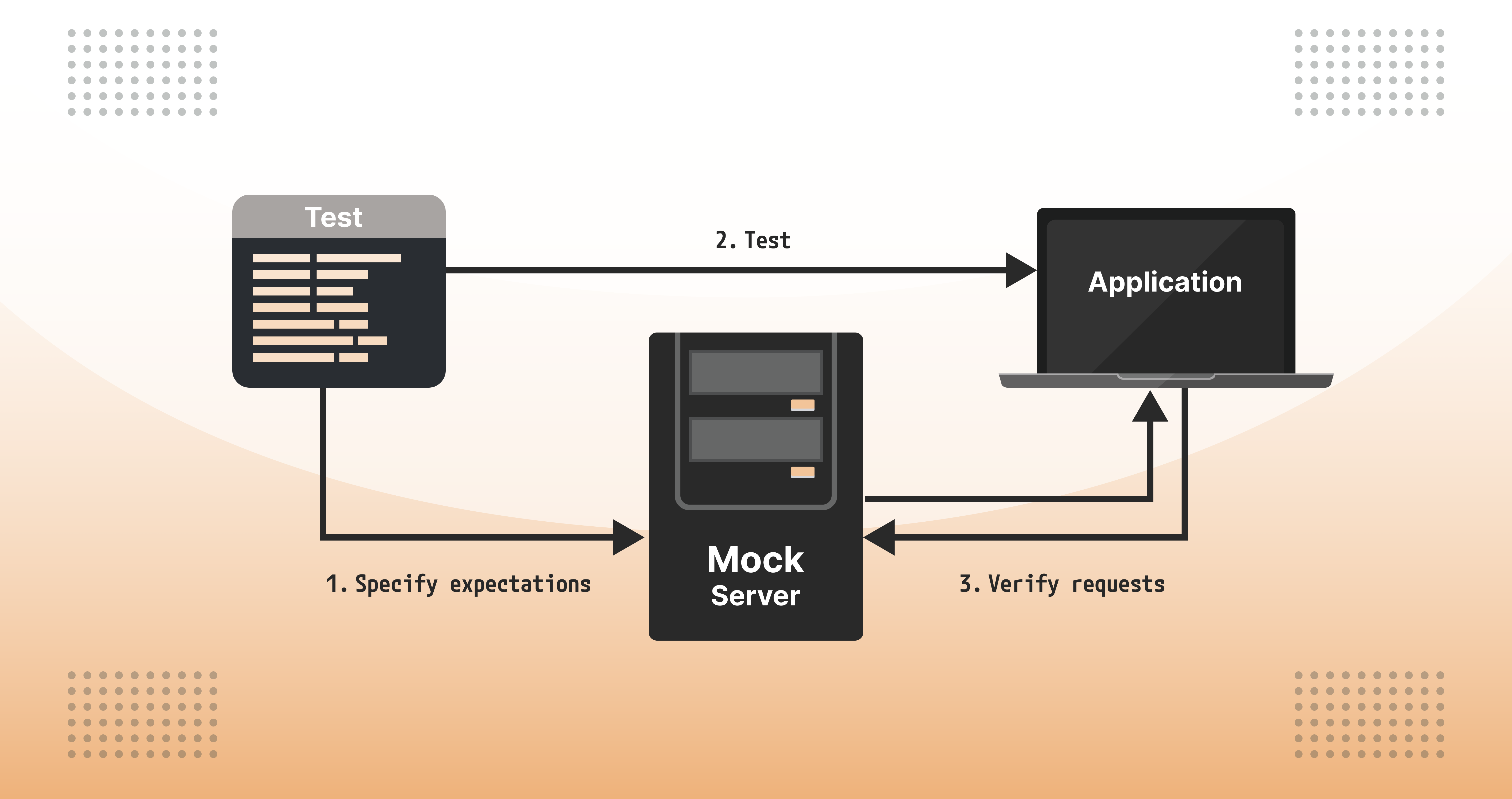
.jpg)
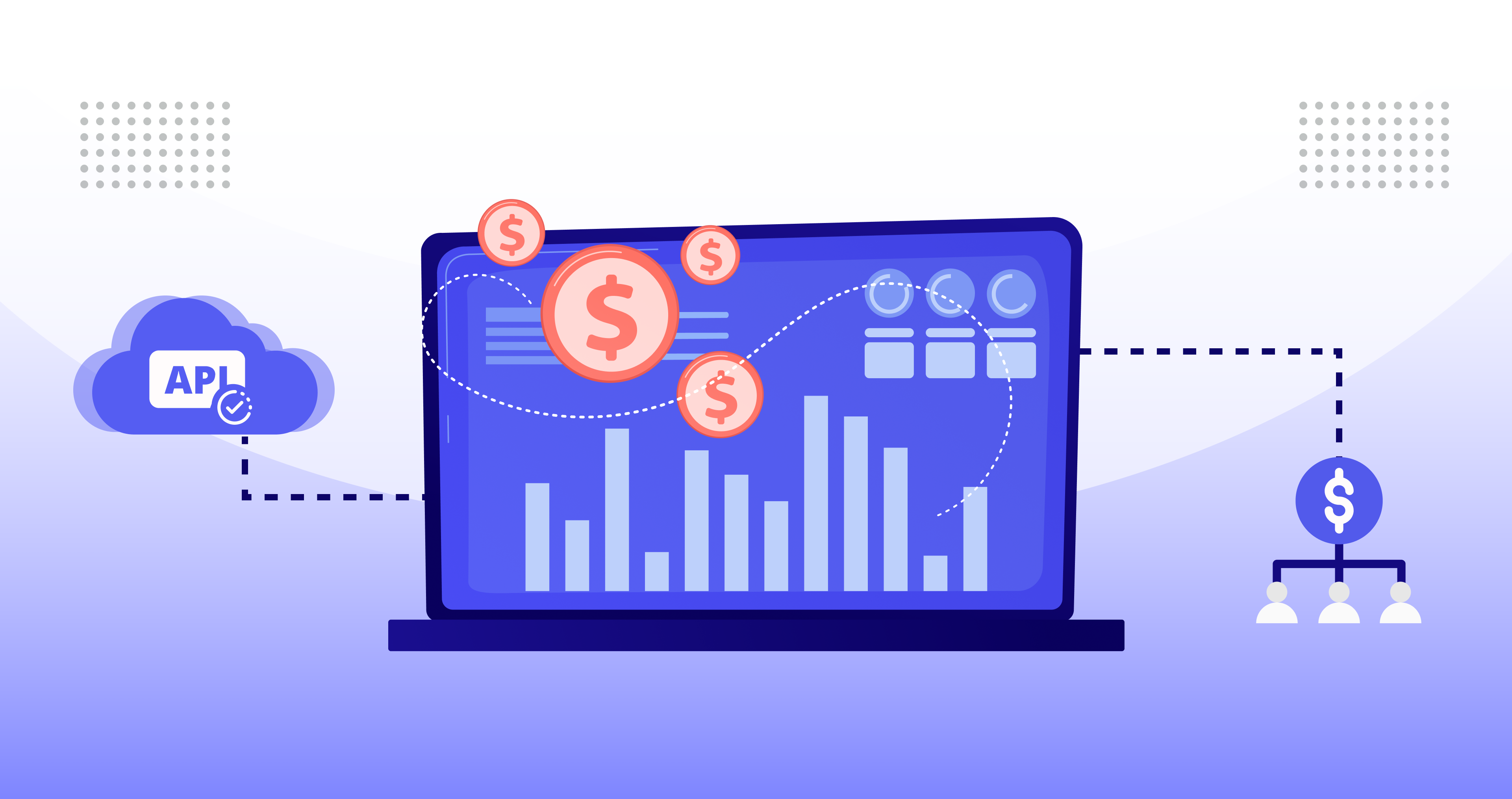
.png)
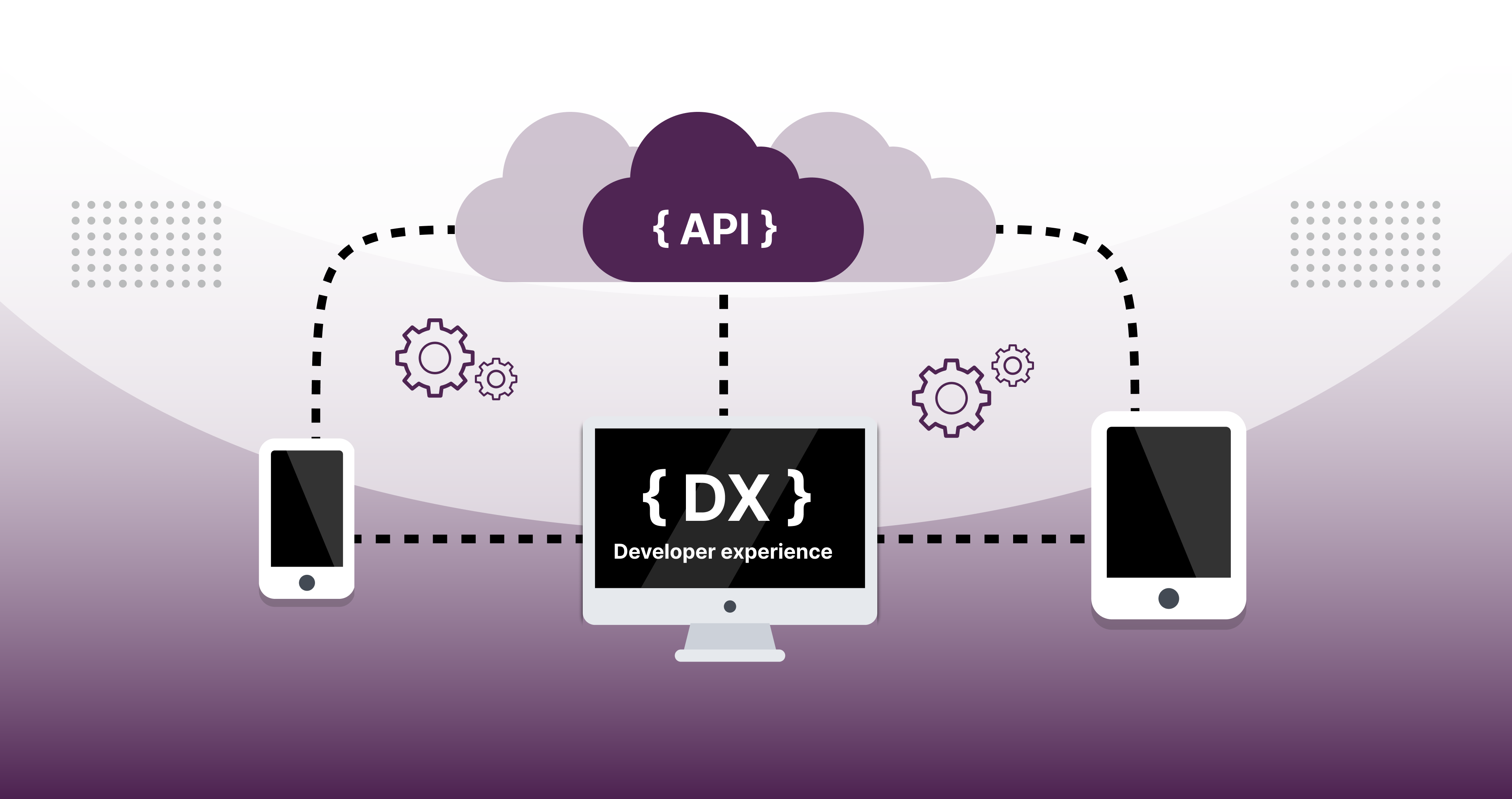

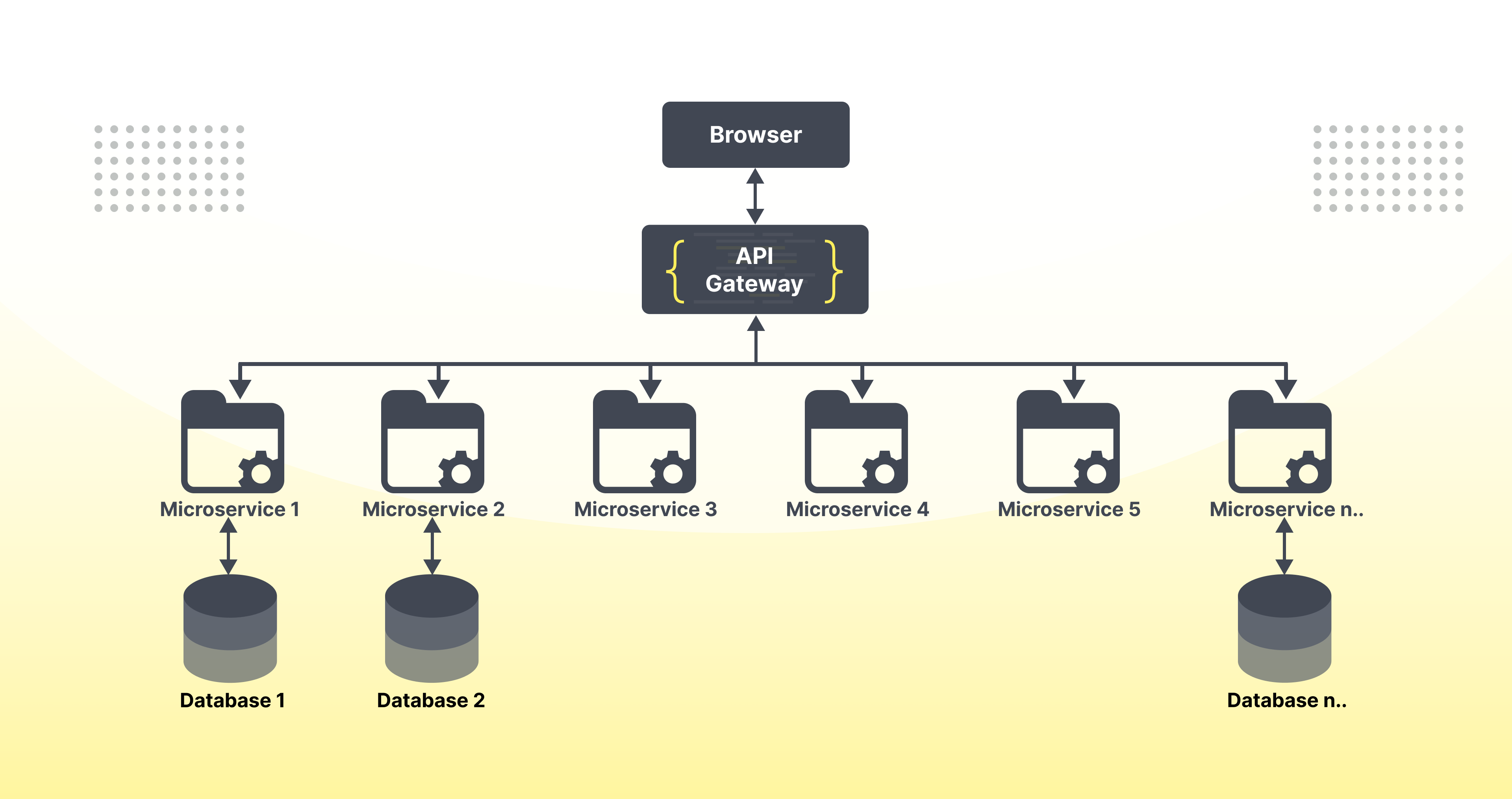

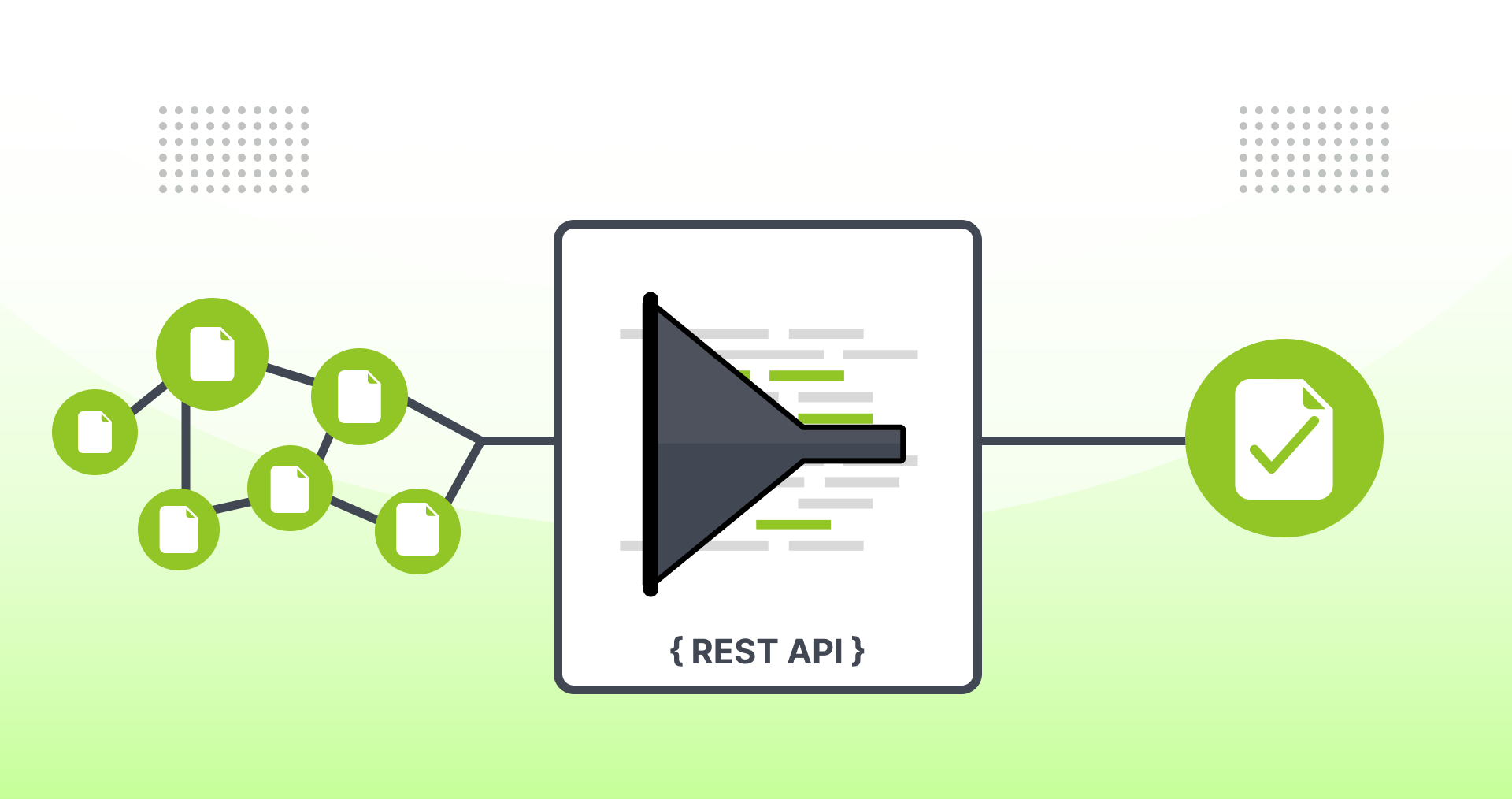

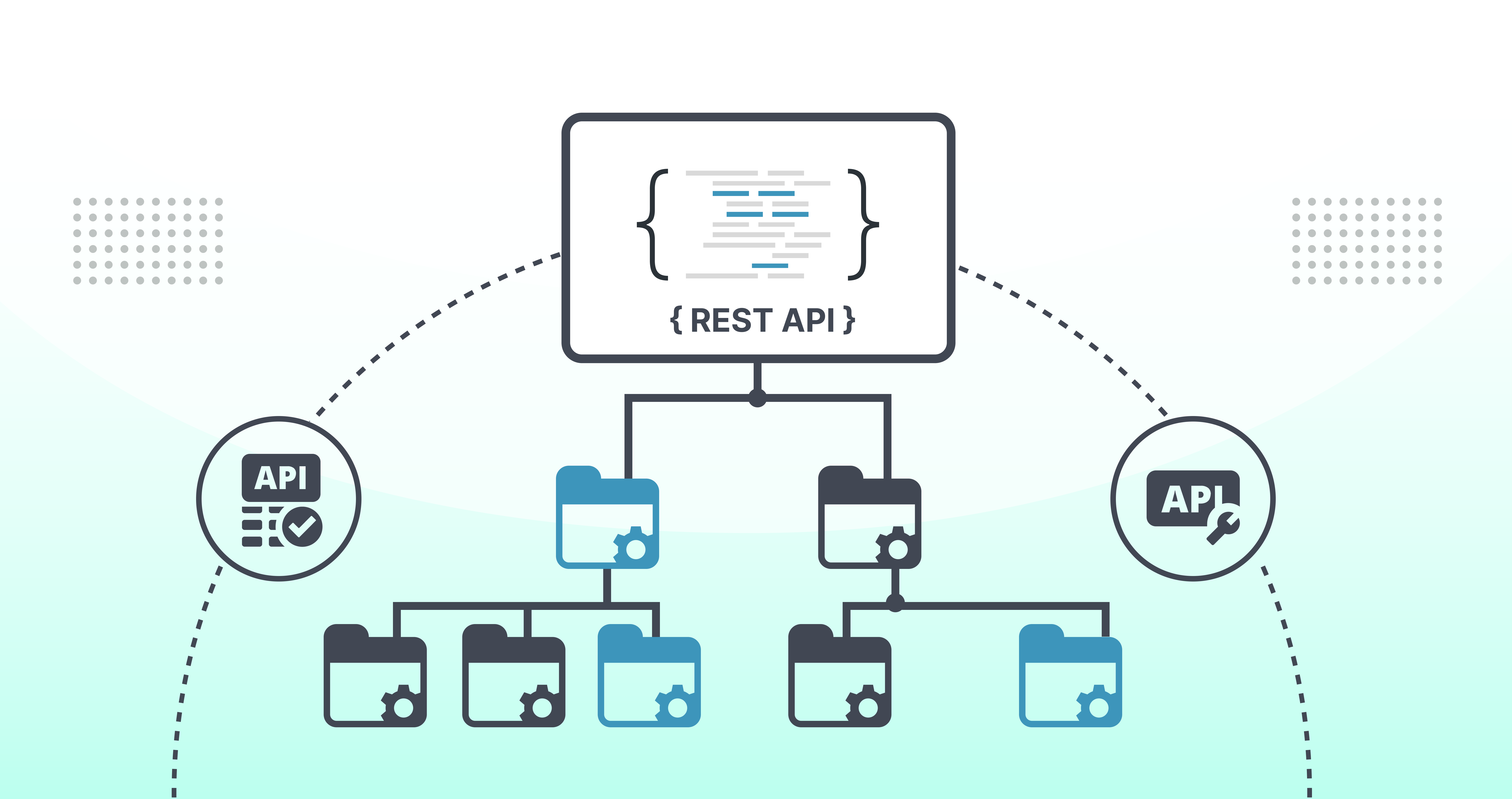

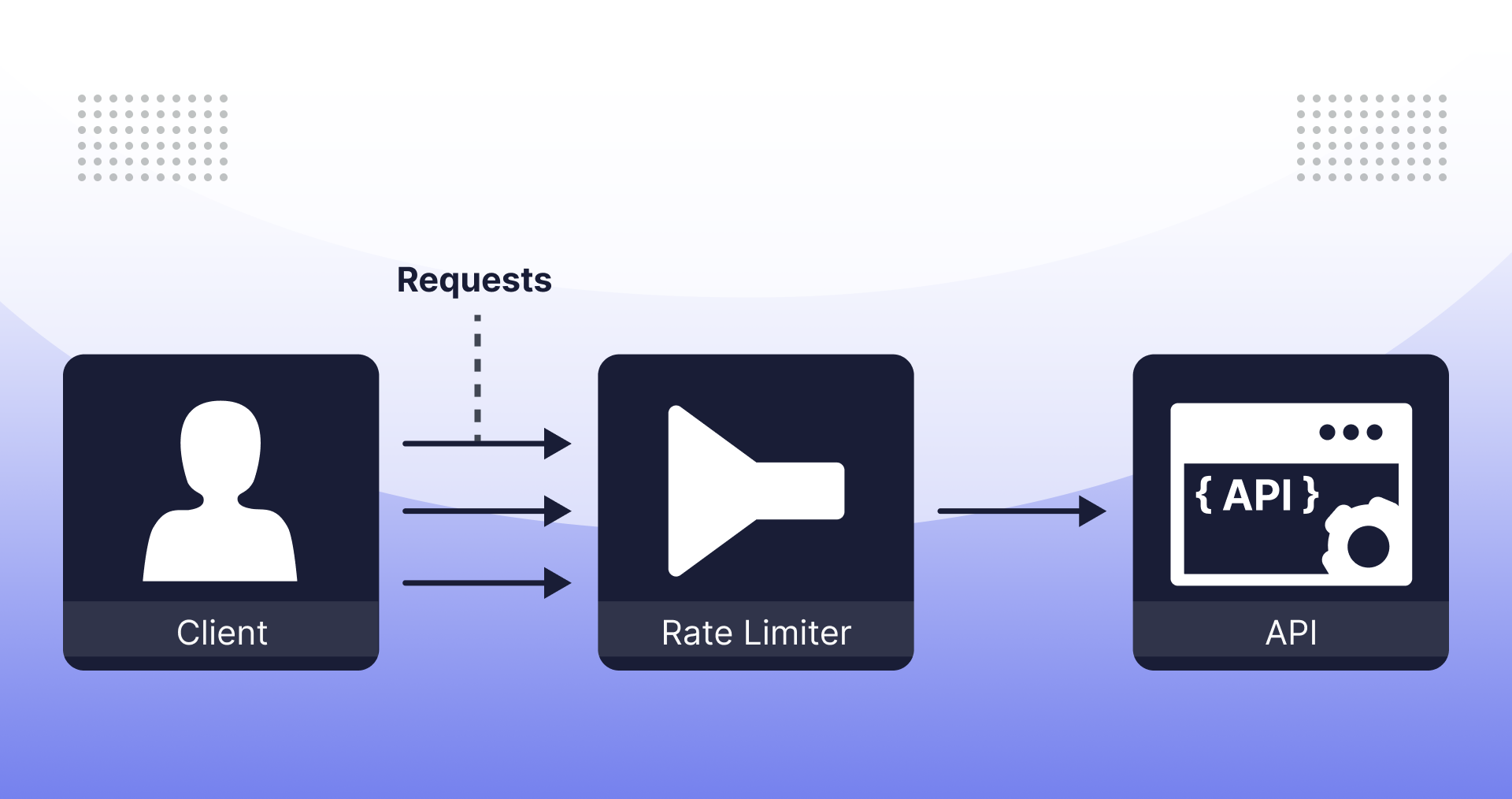

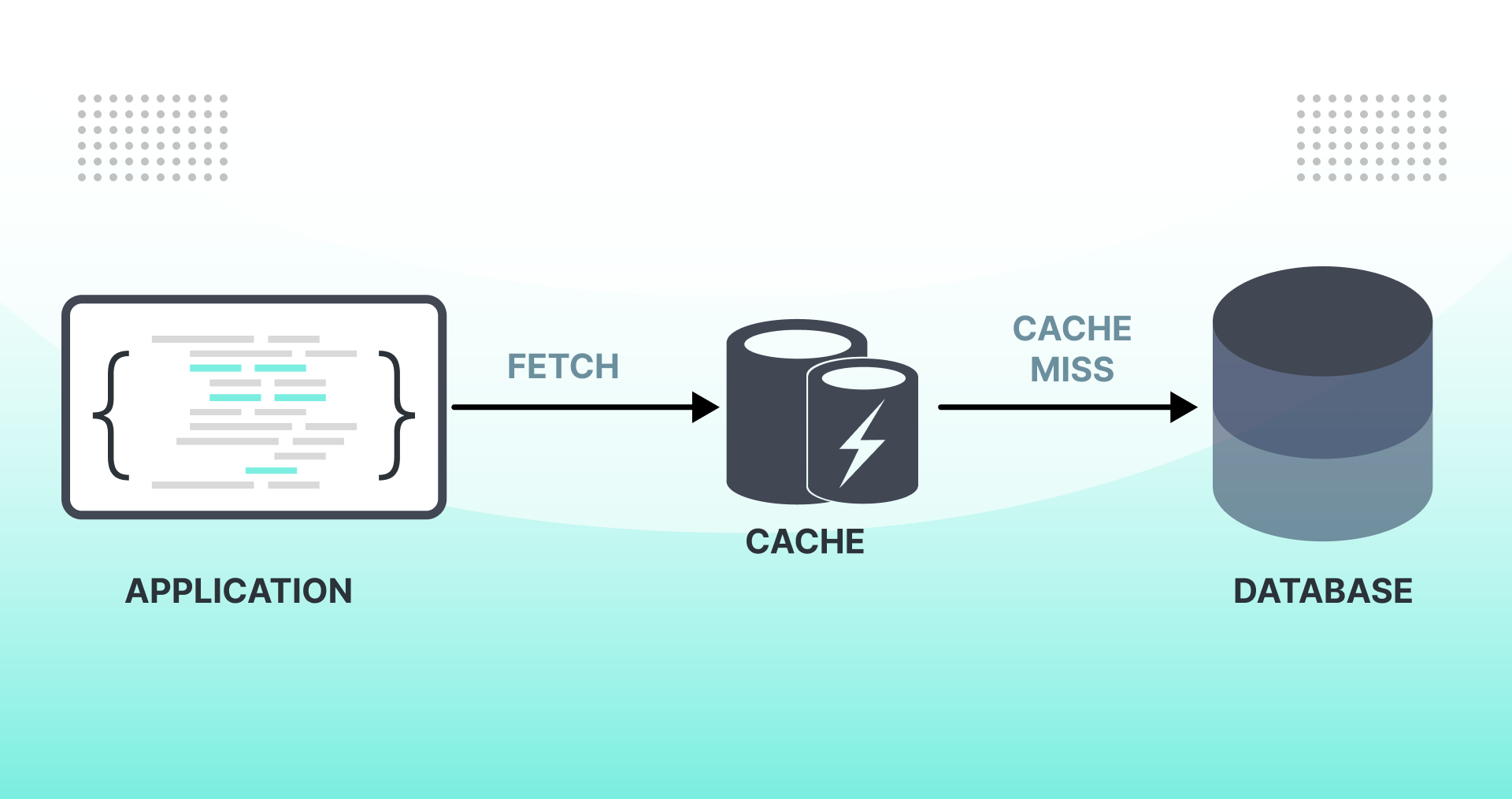

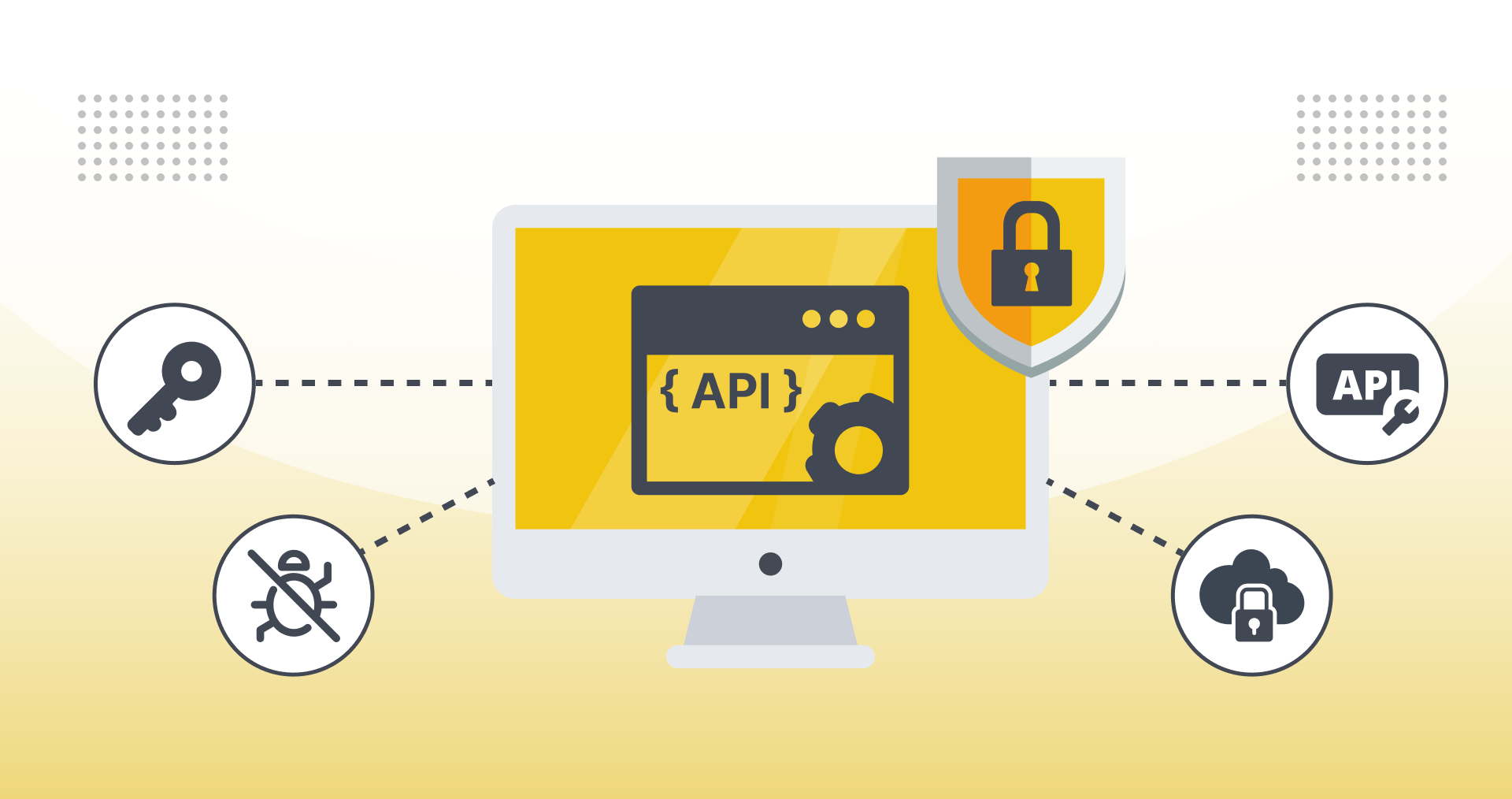

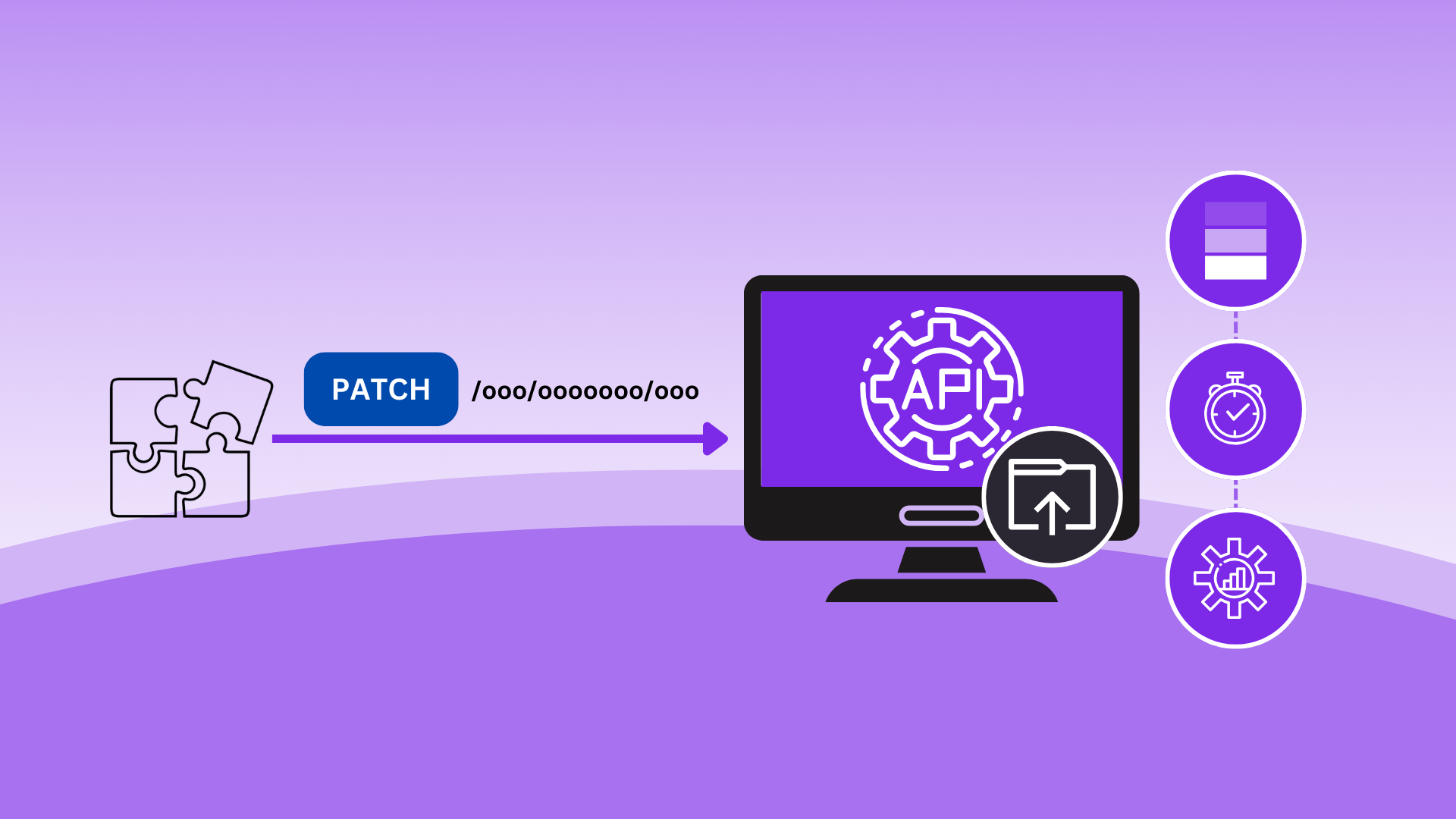
.jpeg)
